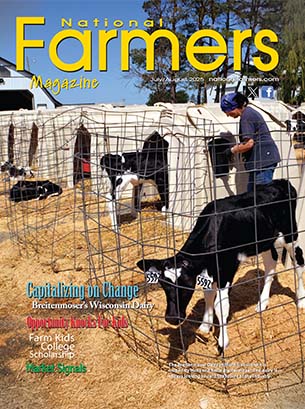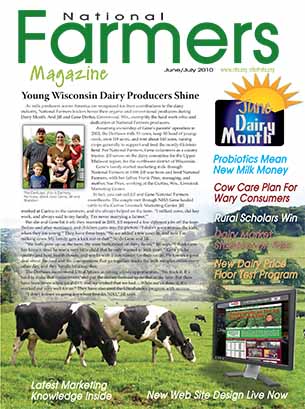2025 Has Been Challenging For U.S. Grain Farmers
By Harold Walker
2025 has, so far, been challenging for grain farmers across the United States. However, the greatest challenge has been the lack of opportunity to market the stored 2024 crop and the 2025 growing crop at profitable levels.
All indications and projections point to a record crop for both corn and soybeans. This, combined with the record carryover from the 2024 crop, has created storage issues for the 2025 harvest.
When discussing supply and demand, several traditional outlets for demand are typically considered.
Biofuels: The mandated increase in biofuel usage for energy has been both a political and practical issue for several years. The current administration has expressed support for expanded biofuel use; however, financial incentives to ensure profitability for the industry remain under discussion.
Exports: This is the elephant in the room. Many traditional buyers of U.S. grain have reduced their purchases, citing several contributing factors. These include ongoing tariff issues, higher U.S. grain prices compared to other sources, increased production in South America, and the “fire sale” of grain by other countries to support wars and domestic crises.
Feed: Grain demand for livestock feed has declined. Livestock numbers have dropped due to drought, market conditions, and other factors, reducing overall feed usage.
Food Aid Programs: The current administration has significantly curtailed programs that provided affordable or free grain to underprivileged nations and populations. These programs previously consumed a substantial volume of grain, helping to balance supply and demand.
Specialty Outlets: Development of grain-based products continues, with expected volumes consistent with current usage.
Opportunities for profitable marketing will likely remain limited in the near future. We encourage producers to monitor local markets to take advantage of favorable basis levels and regional demand. And then call us.










